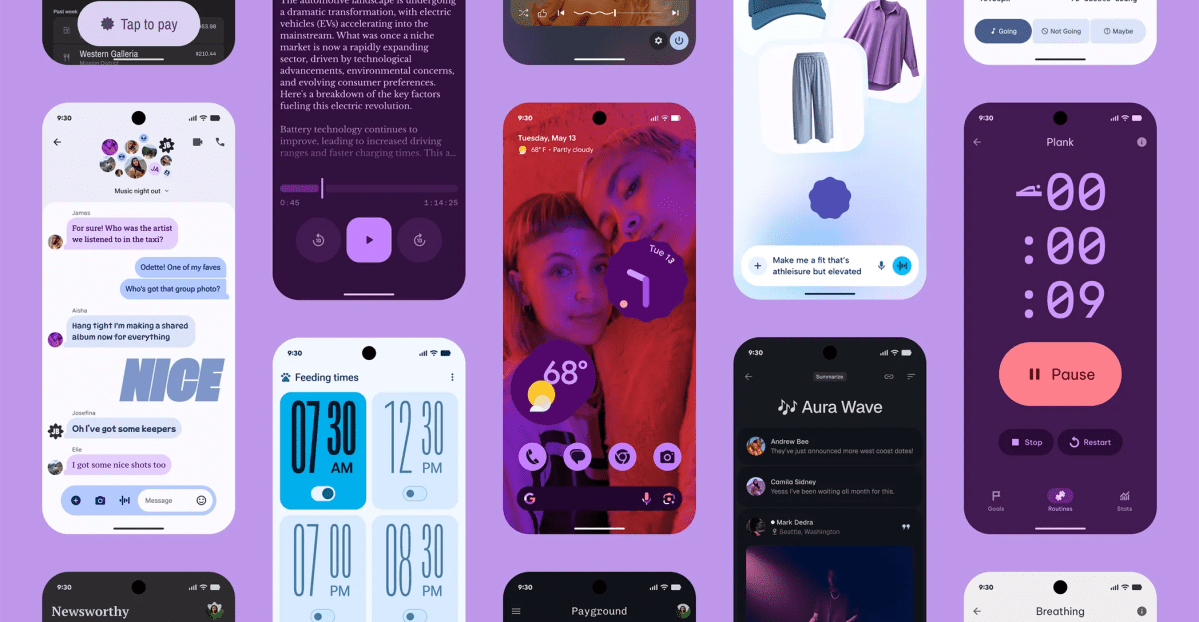Google Unveils New Features in Android 16, Material 3 Expressive Launch Set for 2025
On Tuesday, Google announced a range of new features as part of the Android 16 update. While users were anticipating significant visual changes, the much-anticipated Material 3 Expressive redesign is scheduled for a later release, reportedly on September 3, 2025.
Highlights of Android 16 Update
The latest Android 16 version introduces several enhancements, particularly focusing on user interaction and accessibility. Key among these features is the rollout of Live Updates, which provides progress-centric notifications. This feature aims to improve user experience, especially for individuals relying on hearing aids. Currently, this functionality will first be available on Pixel devices, with a more comprehensive implementation for all Android users promised in future updates.
Material 3 Expressive Redesign
The Material 3 Expressive design language, recently unveiled after a preliminary leak, features several visual updates, including modified icon shapes, diverse typography, and refreshed color palettes. The redesign aims to enhance user interface elements with “more natural, spring-like animations” throughout the Android ecosystem. Users can preview some of these improvements in the Android 16 QPR1 beta version available now.
Upcoming Design Updates
According to insights from industry expert Mishaal Rahman, users can expect additional design enhancements in the upcoming Android 16 QPR1 Beta 2 update. This indicates that Google is committed to refining the user experience continually, even as it builds excitement for the broader Material 3 Expressive launch.
New Desktop Mode for Enhanced Productivity
In addition to the design updates, Google is also set to introduce a new desktop mode in a launch scheduled for September. This feature is designed to optimize applications and content for larger screens, building on the foundation of Samsung’s DeX platform. Users will be able to resize app windows and connect their mobile devices to external displays, creating a versatile desktop-like environment.
Currently, those with Pixel 8 devices and above can experiment with these features through the Android 16 beta. However, broader access for other Android users will likely take a few more months to materialize.
Conclusion
As Android 16 rolls out with exciting new features, Google’s strategic delay in launching the Material 3 Expressive redesign has set the stage for future updates that promise to elevate user experience and functionality. Users and tech enthusiasts alike look forward to these anticipated improvements, which aim to redefine interaction on Android devices.




